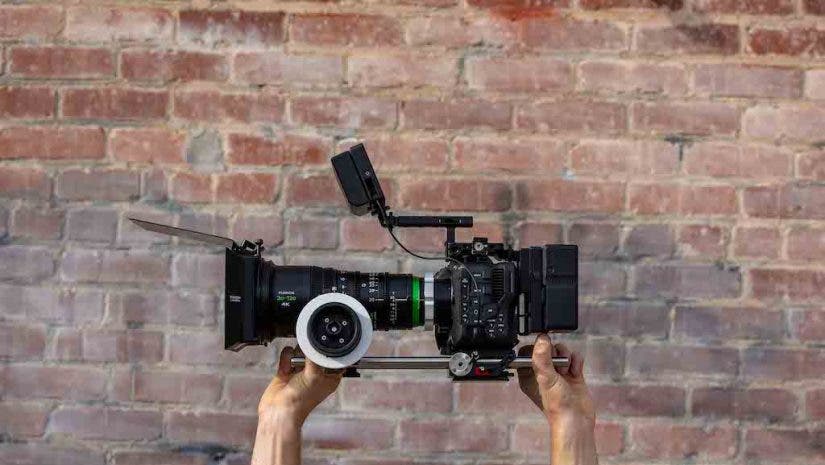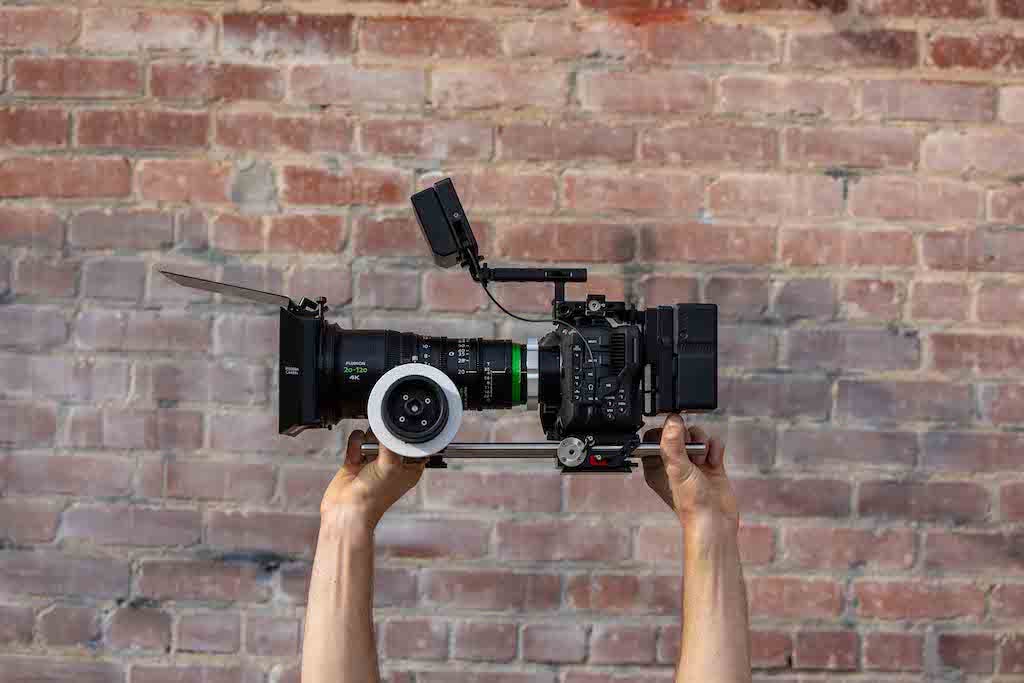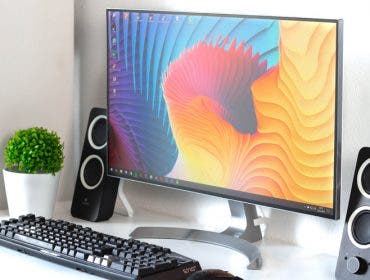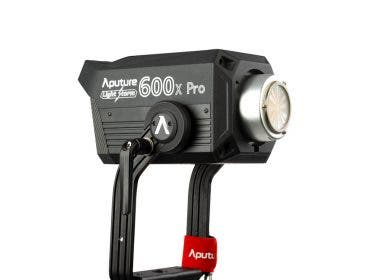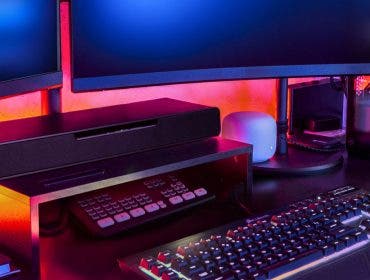Living in Southern California has its perks, such as year-round good weather offering an endless opportunity to explore. Best of all, there’s an incredible network of creatives in the film and cinematography industry. Being in this versatile line of work, I’m constantly pivoting between shoots. From filming skateboarding at DC Shoes to side projects like lifestyle commercials and story-telling documentaries. I need a camera that can easily take on any kind of project. After using Canon lenses for years, I finally decided to make the switch to a Canon C70 camera. In this review, I’ll cover my favorite top five features and wrap it up with feedback to better improve future models.
Favorite Top Five features:
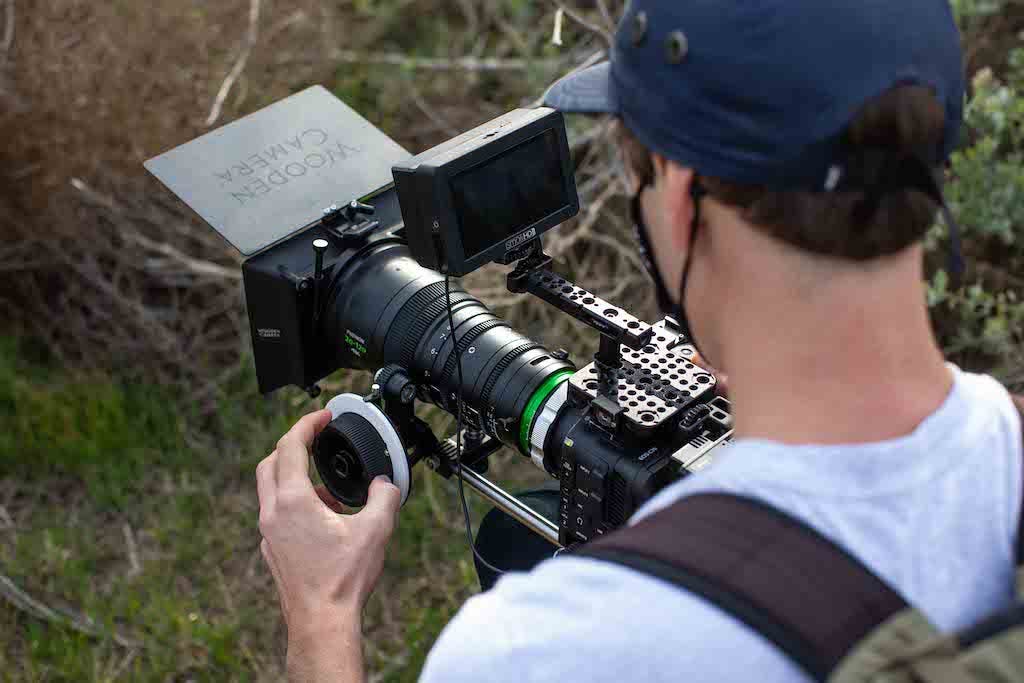
Built-in NDs
One of my favorite features of the Canon C70 is its built-in NDs (neutral density filters). Honestly, I probably won’t purchase a camera without this feature going forward. From live shooting to post-production, having built-in NDs is a lifesaver. Offering 10-stop covers gives me full control of creative settings in the camera. It also saves money. A proper single-stop ND can cost upwards from $500 each.
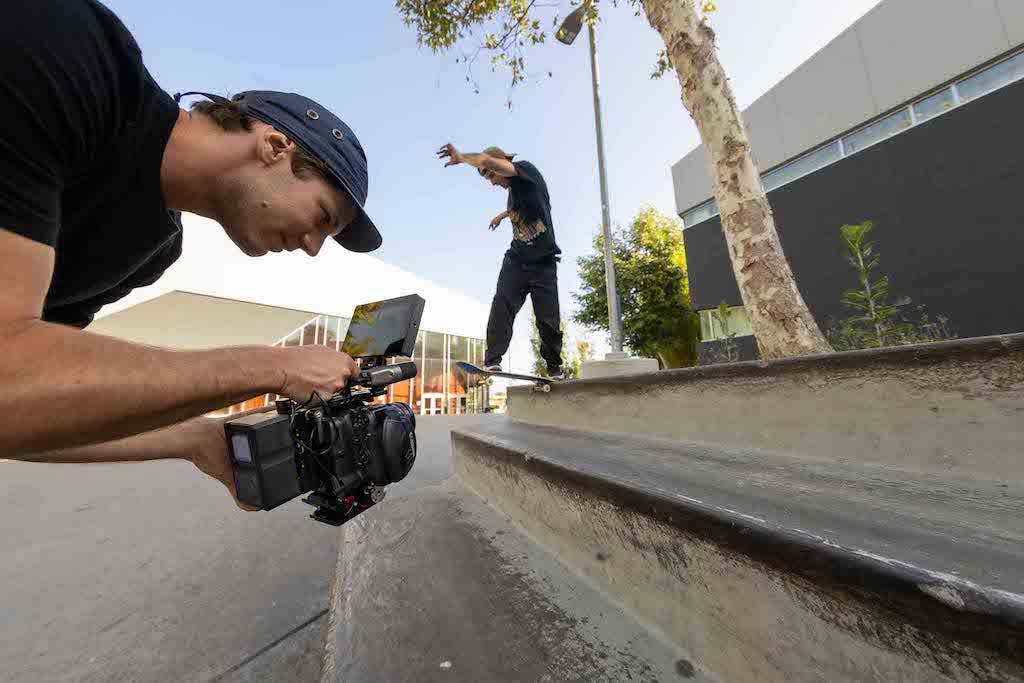
Variable Frame Rates
My previous run and gun workhorse was a Panasonic GH5. After learning the Canon C70 had 12 to 120 fps variable frame rates in 4k 10-bit, it was a major decision factor in buying this camera. In my line of work, I depend on a camera that has variable frame rates to maintain my versatility. Normally, I’m shooting in 4k 24 fps and 4k 48 fps for slow motion. Another part to note is how customizable the Canon C70 is. The buttons can be programmed to easily switch from slow to fast motion. This quick button is super handy and very convenient to help save time and keep things running smoothly.
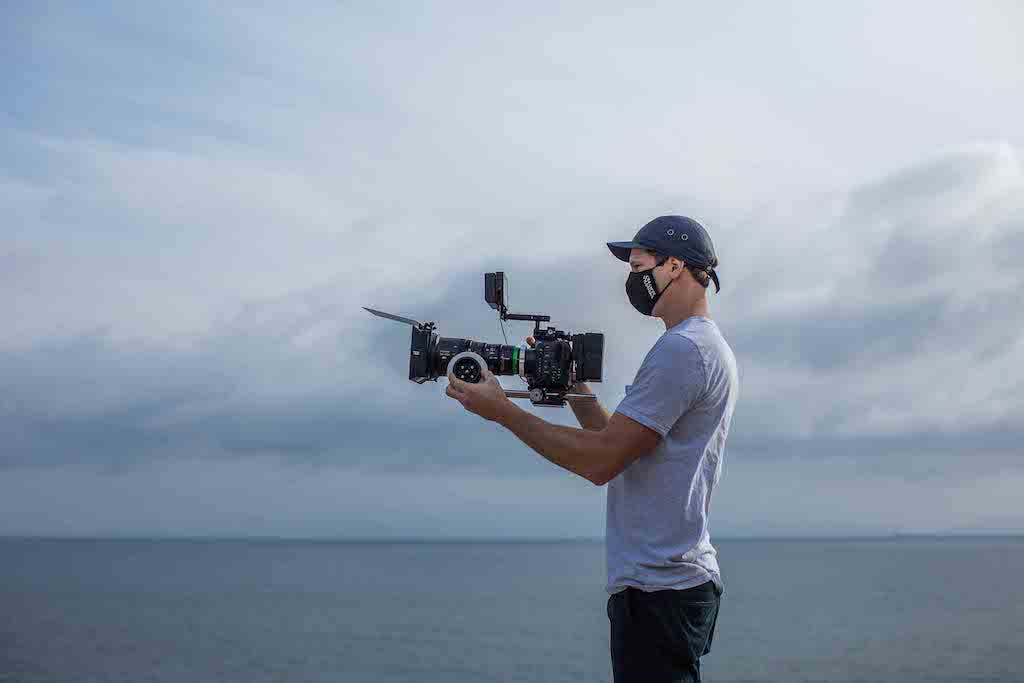
Auto-Focus
This is the first camera I’ve had with functioning auto-focus for video. At first, I didn’t think it was going to work well and I was hesitant in using it in real-time. However, it’s become incredibly helpful for documentaries and interviews. For example, if someone adjusts or moves out of position during the interview, the auto-focus is a super easy solution and can quickly adjust by tracking the talent’s face. This also makes it a lot smoother to run a two-camera interview by myself.
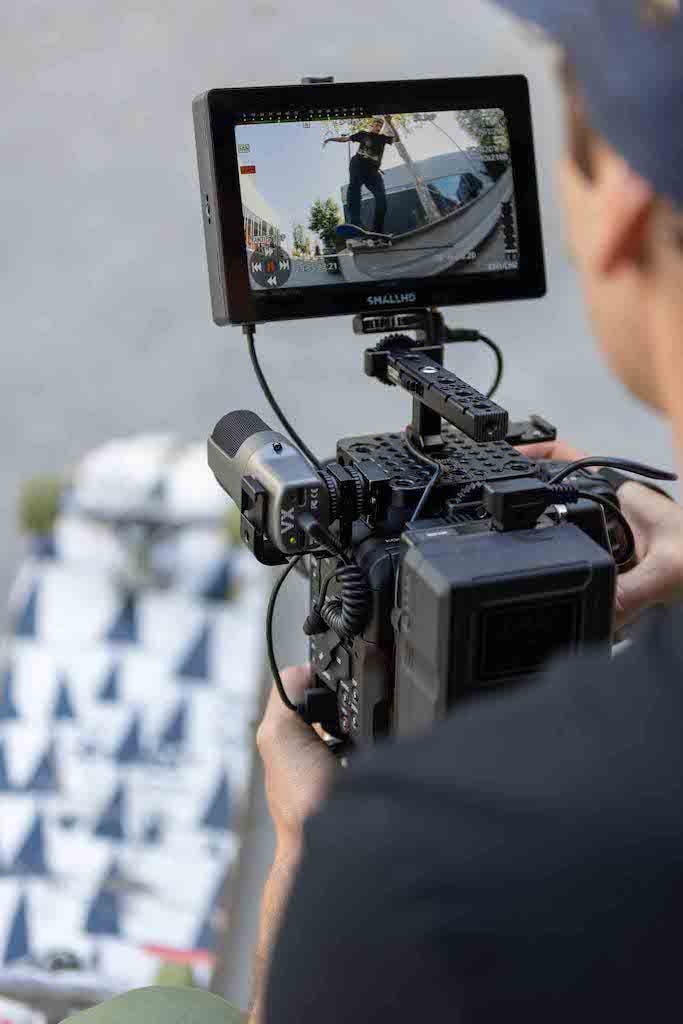
Color Science
The color science is absolutely amazing on the camera. Having used RED and Panasonic in the past, the Canon C70 is by far my favorite log format. Specifically, the Canon log 2 footage is incredibly easy to grade — one of the reasons being skin tones. With RED and Panasonic, I get shifting magenta and green hues in skin tones. Working in post, it’s made a huge difference since skin tones are captured better than before. Also, working with log 2, the C70 gives you full 16+ stops of dynamic range allowing flexibility in highlights and shadows.
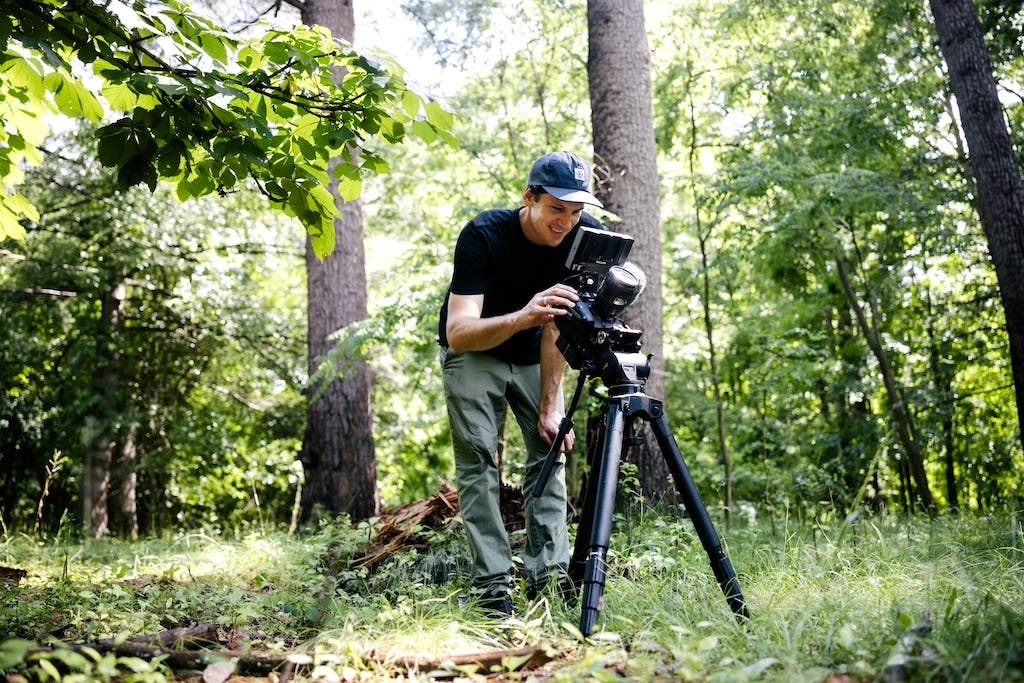
Native RF mount
At first, I was pretty hesitant with the RF mount because all the lenses I own are EF or PL mounts. To utilize my full frame vintage lenses, I purchased the RF to EF 0.71 speed booster. The RF mount gives you flexibility to adapt to EF, PL, and even expand to full frame. You can get the most out of full-frame lenses and get a larger format look without compromising features such as auto-focus and connectivity.
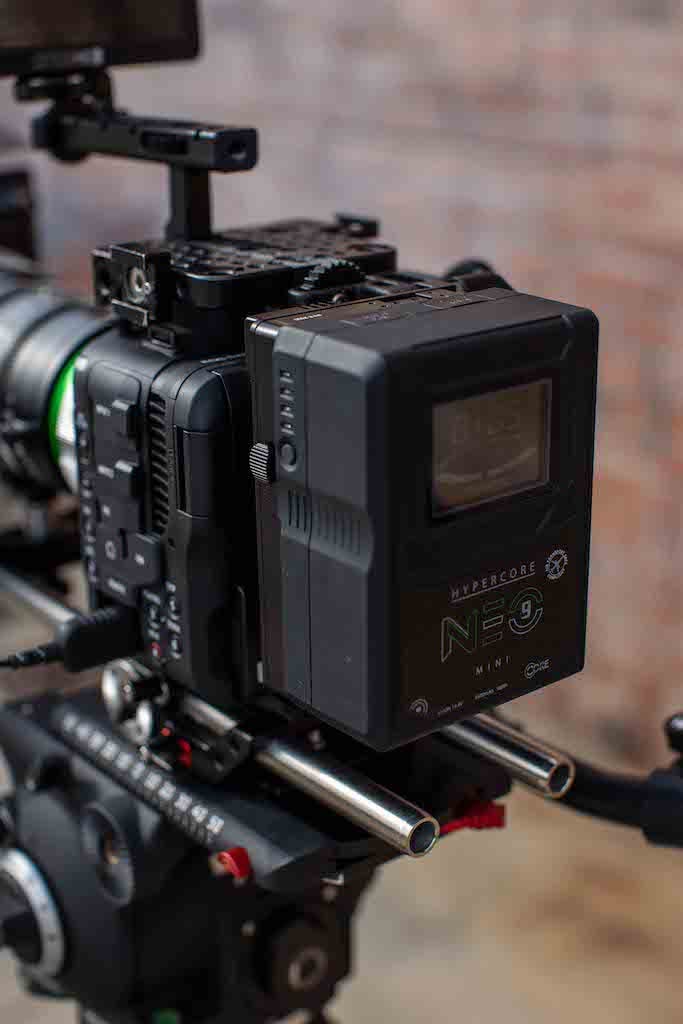
Feedback
There are four main things that I would suggest to better improve this camera. The flip-out LCD is very soft. This makes it hard to use when shooting outdoors in a bright and sunny setting. If shooting indoors, you can probably get by. Nonetheless, I normally use my small HD indie 7 monitor to make up for this. Luckily, with my setup, it’s been super easy to adapt to this camera. Secondly, I wish it had a built-in electronic viewfinder. This would eliminate the issues with hard-to-see images on the LCD screen as well.
Next, the camera’s codec is very hard to playback in Premiere. You basically have to create proxy files in order to edit for a smooth and real-time playback. This causes a bit of delay when editing. Therefore, I started utilizing the dual card slots to record full-res to card slot A and my proxy files to card slot B saving a lot of time.
Lastly, I wish there were full 1-120 variable frame rate options. I like to shoot slow shutter time-lapse and unfortunately, the lowest frame rate is 12 frames per second which is not ideal. I’d love to see Canon expand the variable frame rates in a future firmware update.
All in all, I’m super happy with this camera and I could definitely see the longevity of its capabilities. This camera will be relevant and industry-worthy for many years to come.
